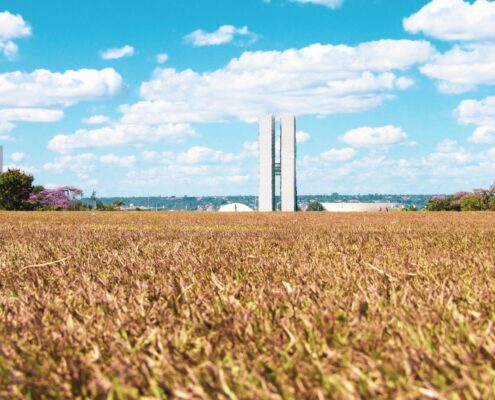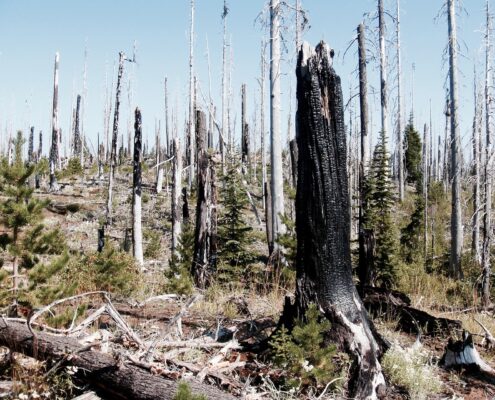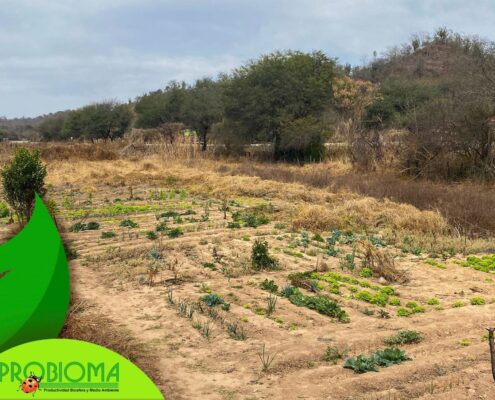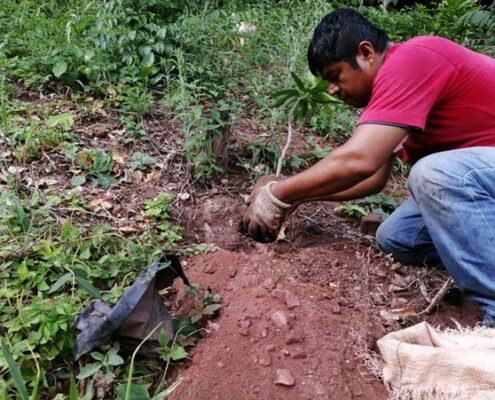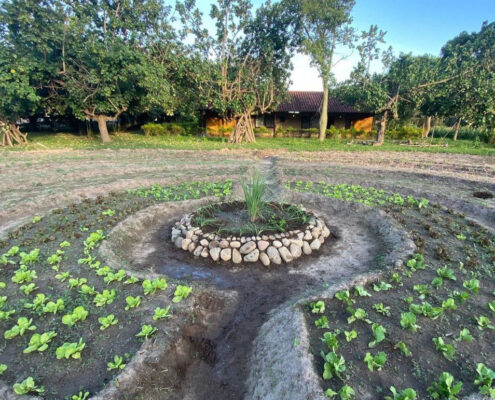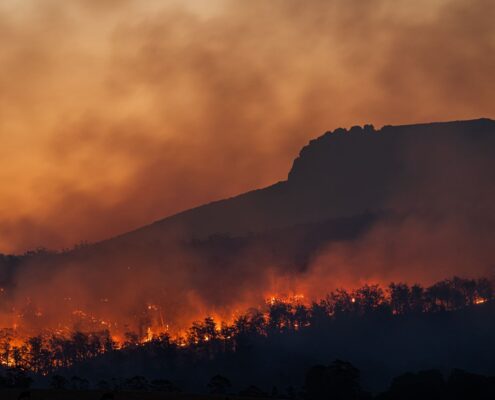 https://greenmarked.it/wp-content/uploads/2023/10/Cattura.jpg
957
1440
Sarah Santos Ferreira
https://greenmarked.it/wp-content/uploads/2022/01/LOGO-GREENMARKED-SITO-600x600.png
Sarah Santos Ferreira2023-10-16 21:33:112023-10-17 10:02:14Eyes on Fire
https://greenmarked.it/wp-content/uploads/2023/10/Cattura.jpg
957
1440
Sarah Santos Ferreira
https://greenmarked.it/wp-content/uploads/2022/01/LOGO-GREENMARKED-SITO-600x600.png
Sarah Santos Ferreira2023-10-16 21:33:112023-10-17 10:02:14Eyes on FireNovember 30, 2023
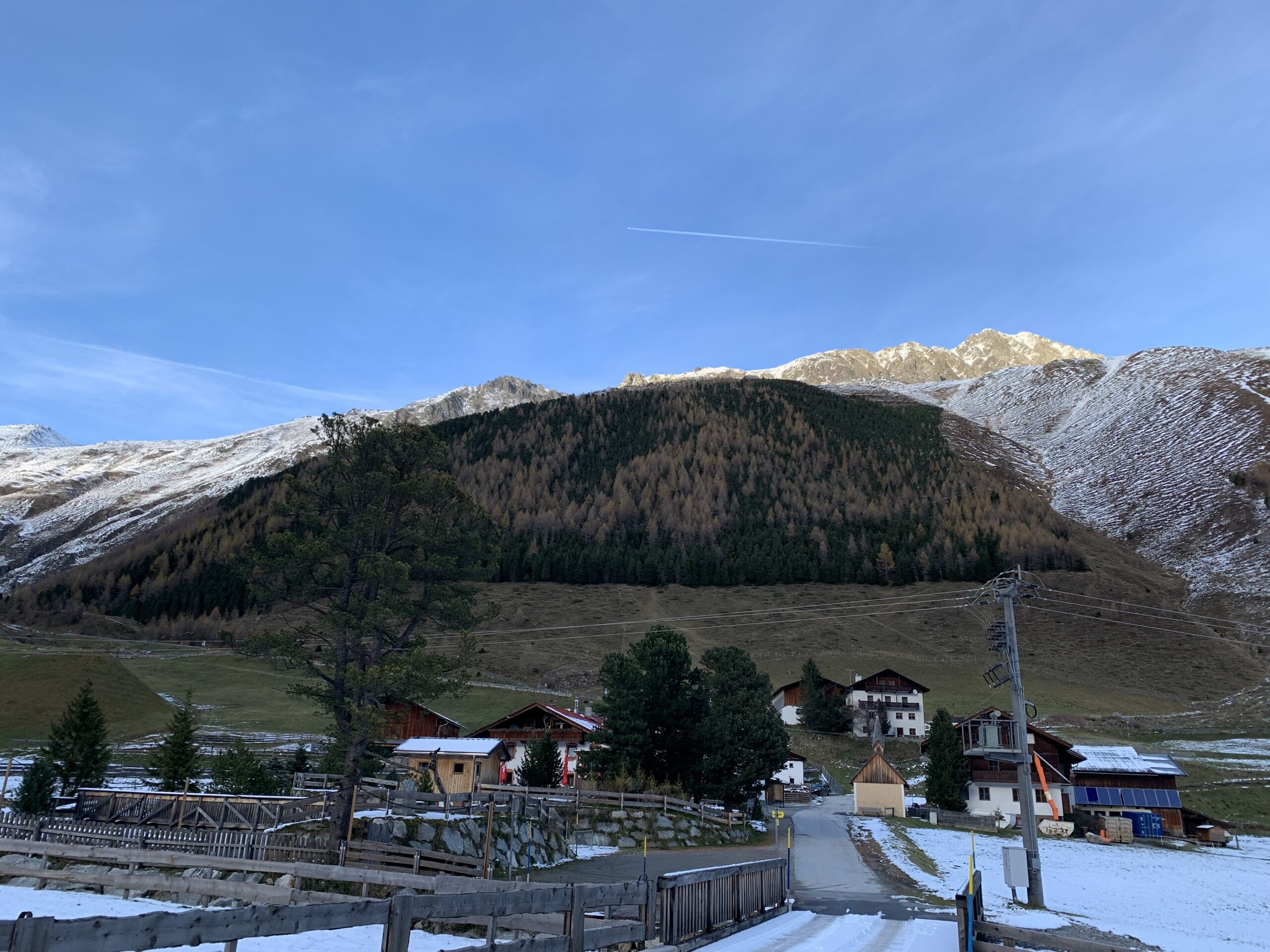
As one of Europe’s most iconic and ecologically diverse mountain ranges, the Alps play a crucial role in supporting a wide range of habitats and biodiversity while providing essential ecosystem services [1]. However, this region is facing significant environmental challenges, including habitat degradation and the adverse effects of climate change [2]. In response to these challenges and with the goal of promoting the restoration and conservation of alpine ecosystems, considerable emphasis has been placed on the implementation of high afforestation measures as a potential solution[3].
The Alpine region is subject to a variety of natural hazards, such as avalanches, rockfalls and landslides, which have the potential to both damage infrastructure and put populations in these areas at risk. Forests play a crucial role in mitigating these hazards by providing protective functions [4], [5], [6].
Reforestation initiatives in alpine regions, which have been undertaken since the 1960s, have demonstrated considerable effectiveness in providing protection and serving as a viable alternative or supplement to conventional technical measures. However, thorough consideration of essential factors such as soil type, elevation, planting techniques, exposure and socioeconomic implications is essential. It is critical to weigh the applicability and constraints of such interventions, especially at the upper tree line in mountainous areas, where factors such as growth potential and the favorable impact of protective structures significantly influence their effectiveness.
In mountainous terrains, protective forests play a key role in mitigating risks associated with gravitational actions. Events such as avalanches, debris flows, and rock falls are recurrent challenges in these areas, particularly on steep slopes. The distinction between active and passive protection forests is based on their response to these phenomena. Active protection involves the strategic placement of forests near assets such as people, buildings, and road infrastructure, while passive protection takes on a broader spatial role.
The effectiveness of these protective biological structures depends on active forest management that promotes resilience and persistence in the face of natural and anthropogenic disturbances. Challenges such as bark beetle outbreaks, wildfires and snow crashes can profoundly affect the functionality and effectiveness of the protective forest system. Therefore, continuous and proactive forest management is essential to maintain the intended protective functions.
As with all planned forests, forest and silvicultural management objectives for protection forests are developed as long-term processes, with outcomes expected and projected over decades. This underscores the importance of considering protection forests as immediate solutions and integral components of sustainable and resilient ecosystems, with outcomes extending over a longer time frame.
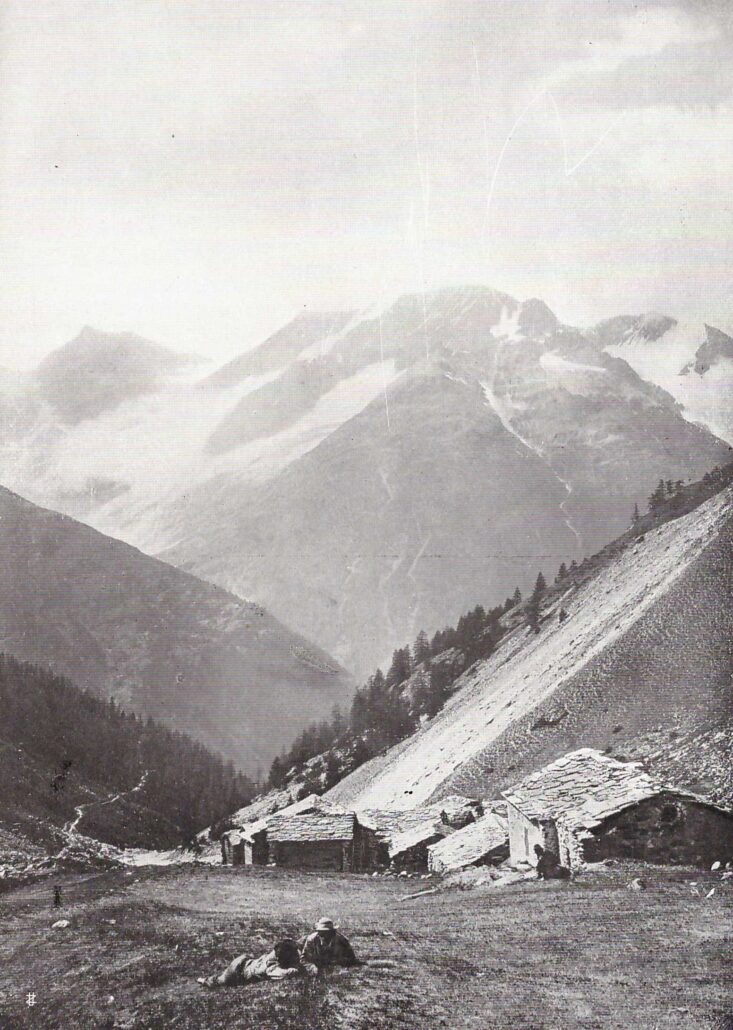
Fig.1: Alpine hut in the Biella area (Italy) with a protective forest and a recent landslide in the background. Photo by Vittorio Sella – Biella. Source: [7]
Rockfall protection forests
Rockfall protection forests in alpine areas face complex challenges related to tree characteristics, arrangement and density. The strategic location of trees emerges as a crucial factor, as the effectiveness of forests varies greatly at different stages of the rockfall process along a slope.
In the detachment zone, plants generally show limited capacity in preventing boulder release, and risks of rock fracturing caused by corrosive roots and root exudates are evident. Technical and silvicultural arrangements include the use of coppice-managed broadleaf species, which are characterized by a smaller size in diameter and height than alpine coniferous forest formations.
In the transition zone, trees act as true energy dissipators, but trunk size is a delicate trade-off between effectiveness and risk of desiccation. Tree density plays a crucial role. However, an overly dense forest may not be biologically sustainable. Studies indicate that a little less than 250 meters along the slope is essential for the effectiveness of protection forests in this area.
Finally, in the depositional zone, on slopes of less than 25°, the forest contributes to reducing the length of the rock-stopping path. The effectiveness of forests depends on careful planning and management adapted to site-specific conditions, highlighting the complexity of balancing protection and biological sustainability in alpine environments exposed to geologic hazards.
Avalanche protection forests
Alpine forest coenoses are strongly influenced in their stability, resilience, and capacity for growth and restoration by the consequential effects of the presence of snow.
In terms, on the other hand, of the ecological effects of the disturbance at the individual tree level, note how the correlation is decisive with regard to the height of the tree, its diameter, and the flexibility of the stem, hence substantial differences in relation to different species.
As is obvious, for trees of significant size and leathery species such as spruce, larch, and stone pine, the tendency following the passage of the avalanche front is to breakage, which, based on the mass of the avalanche itself, can occur even at high heights above the ground. In most cases, however, for plants already in the stem exclusion stage, with diameters greater than 15-20 cm, of the above species, a breaking height of less than 2 m above the ground is considered.
For other forest species, and of small size (less than 5 m), avalanche passage is usually resolved by stem bending alone. However, even for very elastic species (Betula, Alnus, Acer, Salix etc.) it was found that already at relatively small diameters (6-14 cm) the tendency is for complete snapping [8].
Finally, as in the case of rockfall phenomena, consider how avalanches can also strongly affect the upper limit of the forest, lowering it from that theoretically imposed by local climatic conditions.
This article is part of the project “PILLOLE D’ACQUA PIANA: seminari itineranti, blog e podcast per una gestione sostenibile delle risorse idriche in Piana Rotaliana” carried out by ECONTROVERTIA APS and supported by Fondazione Caritro (Prot. no. U445.2023/SG.386 of April 23, 2023).

ARTÍCULOS RELACIONADOS:
REFERENCIAS:
[1] J. Gehrig-Fasel, A. Guisan and N. E. Zimmermann, “Tree line shifts in the Swiss Alps: Climate change or land abandonment?,” Journal of vegetation science, pp. 571-582, 2007.
[2] P. Bebi, R. Seidl, R. Motta, M. Fuhr, D. Firm, F. Krumm, M. Conedera, C. Ginzler, T. Wohlgemuth and D. Kulakowski, “Changes of forest cover and disturbance regimes in the mountain forests of the Alps,” Forest ecology and management, vol. 388, pp. 43-56, 2017.
[3] A. Gazol, J. J. Camarero, S. M. Vicente-Serrano, R. Sánchez-Salguero, E. Gutiérrez, M. de Luis, G. Sangüesa-Barreda, K. Novak, V. Rozas and P. A. Tıscar, “Forest resilience to drought varies across biomes,” Global change biology, vol. 24, no. 5, pp. 2143-2158, 2018.
[4] F. Poratelli, S. Cocuccioni, C. Accastello, S. Steger, S. Schneiderbauer and F. Brun, “State-of-the-art on ecosystem-based solutions for disaster risk reduction: The case of gravity-driven natural hazards,” International Journal of Disaster Risk Reduction, vol. 51, 2020.
[5] J. Sebald, C. Senf, M. Heiser, C. Scheidl, D. Pflugmacher and R. Seidl, “The effects of forest cover and disturbance on torrential hazards: Large-scale evidence from the eastern alps,” Environmental Research Letters, vol. 14, no. 11, 2019.
[6] J. R. Breschan, A. Gabriel and M. Frehner, “A topography-informed morphology approach for automatic identification of forest gaps critical to the release of avalanches,” Remote Sensing, vol. 10, no. 3, p. 433, 2018.
[7] G. di Tella, Il Bosco Contro il Torrente. La redenzione delle terre povere, Touring Club Italiano, 1910.
[8] E. Lingua, F. Bettella, M. Pividori, R. Marzano, M. Garbarino, M. Piras, M. Kobal and F. Berger, “The protective role of forests to reduce rockfall risks and impacts in the Alps under a climate change perspective,” in Climate Change, Hazards and Adaptation Options: Handling the Impacts of a Changing Climate, 2020, pp. 333-347.
Cover and Preview image: High forest against avalanches in St. Sigmund im Sellrain, ca. 1.650 m asl (Tirol, Austria). Photo: Author. 07.11.2022


